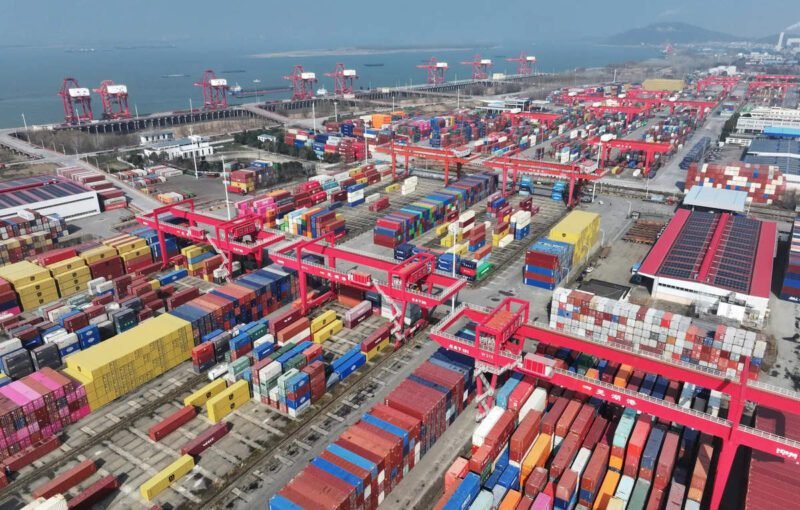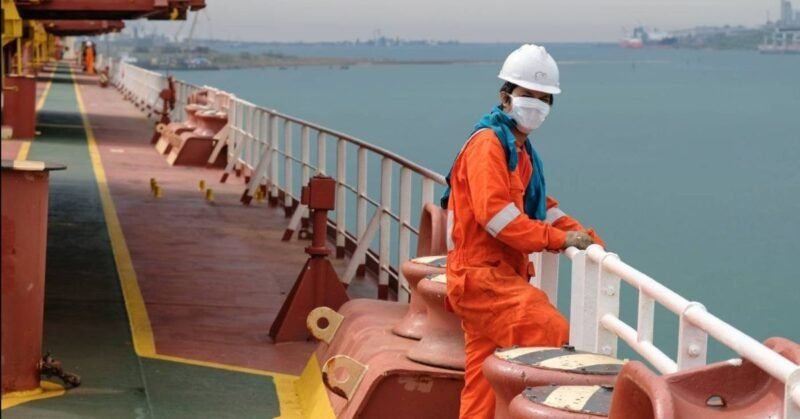Analyst J. Bruce Chan from Stifel noted that while the shipping sector seems ready for the changes, the new tariff regime presents uncertainty. He remarked that tariffs usually suppress freight demand and raise costs for shippers, which are typically passed on to consumers. With most trade occurring via ocean freight, he stressed potential challenges for maritime shipping, particularly for containers and bulk goods.
Historical data indicates that tariffs during Trump’s first term led to increased freight rates and altered import timings as businesses rushed to circumvent tariff deadlines. Freight economist Jason Miller predicted a similar “pull-forward” demand in 2025 as businesses seek to import goods ahead of expected tariff impacts. Cleveland Containers expressed confidence in its ability to mitigate disruption, maintaining a steady supply of shipping containers.
Share it now







